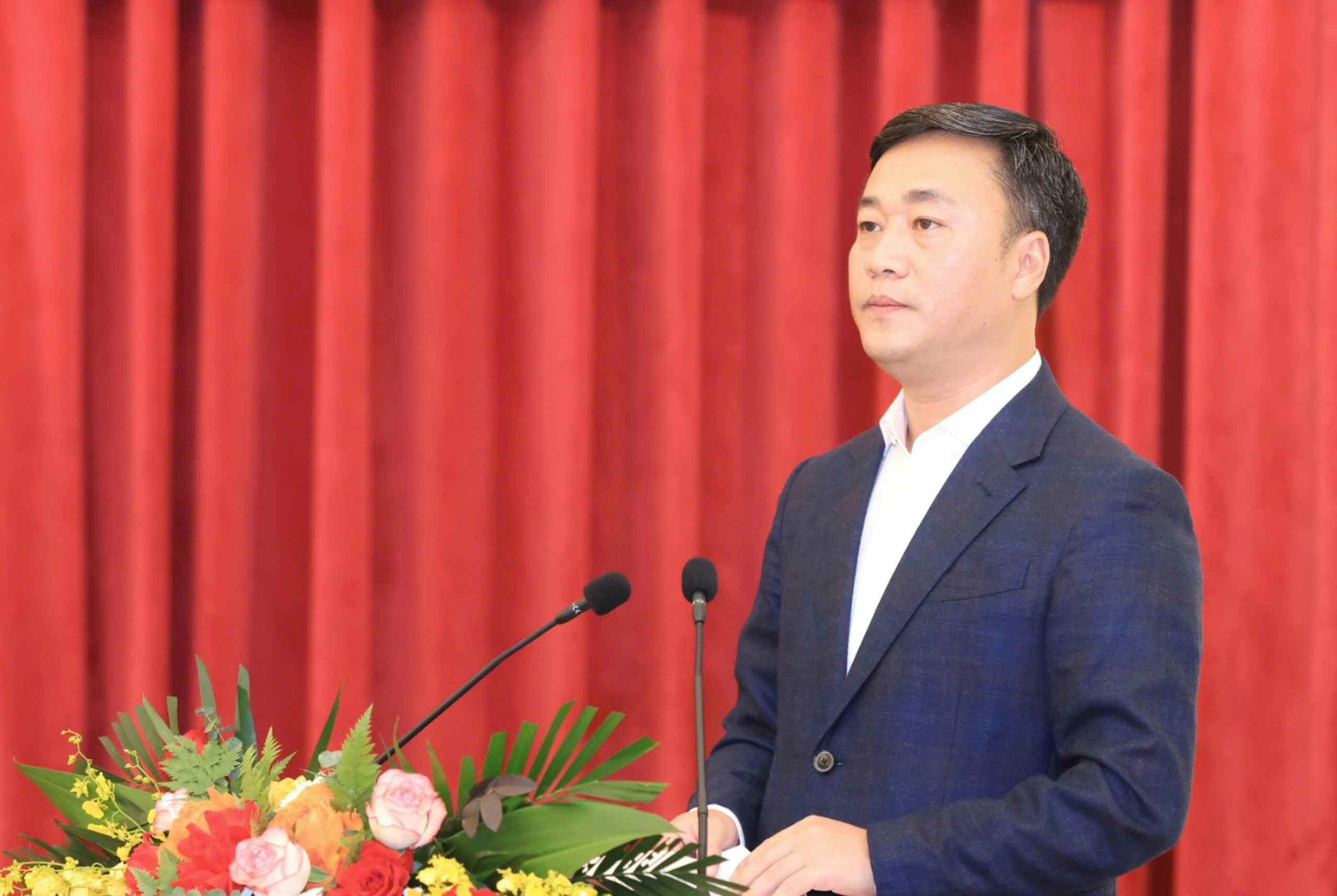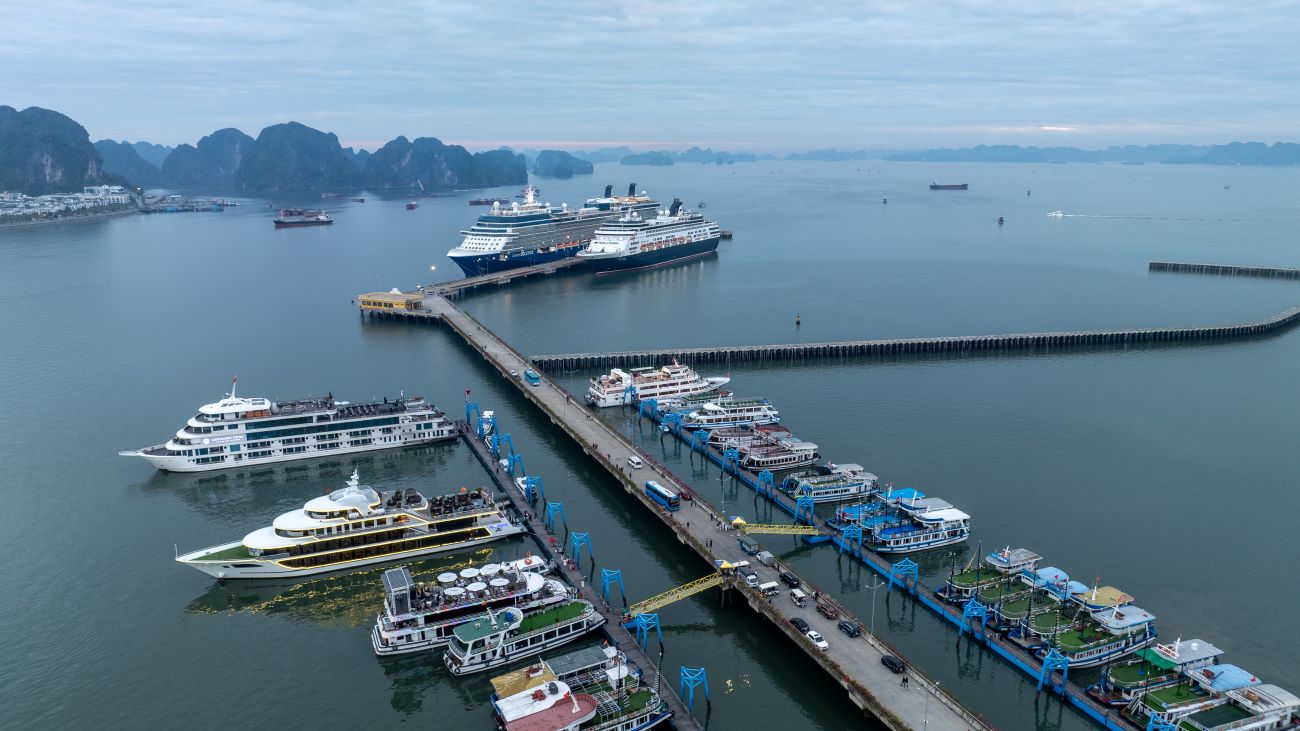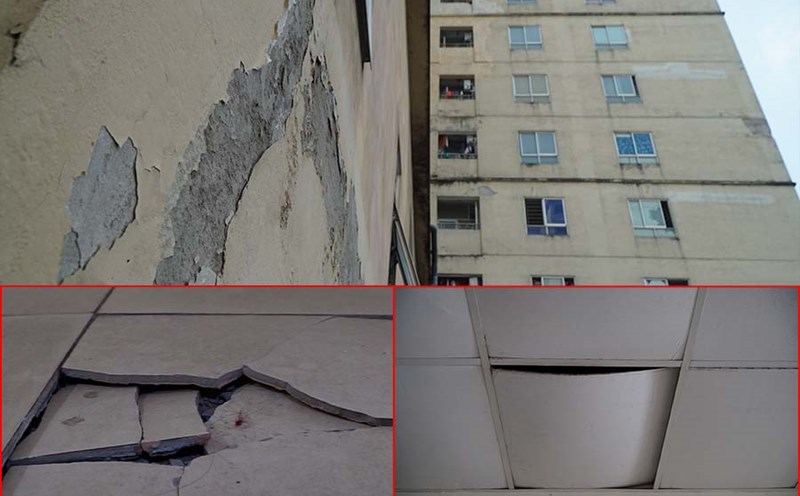Comprehensive and sustainable rural development associated with urban development
Deputy Minister of Construction Nguyen Viet Hung said that in Decision No. 891, the Prime Minister set a target of urbanization rate of over 50% by 2030 and 70% by 2050 with the number of urban areas nationwide from about 1,000 to 1,200 urban areas...
One of the goals of the planning is to accelerate the speed and improve the quality of urbanization, sustainably develop the urban system according to the network, develop, arrange, and distribute the urban and rural system in a unified, effective, comprehensive manner, with synchronous and modern infrastructure suitable for development conditions, environmentally friendly, contributing to the formation of a number of dynamic urban areas and urban chains with modern, green, and unique architecture.
In addition, forming an urban system linked into a synchronous, unified, balanced network between regions and areas, with the ability to withstand and effectively adapt to climate change, with typical architecture rich in identity, green, modern, smart; having a worthy role and position in the Asia-Pacific urban network, with high competitiveness in national, regional and international socio-economic development - Deputy Minister Nguyen Viet Hung emphasized.

The main orientations of the planning focus on organizing urban system space; developing urban systems in border areas, coastal areas, and on islands associated with the strategy of developing marine economy, protecting national defense and security; developing rural system planning; organizing technical infrastructure systems, architecture, urban and rural landscapes in the direction of linking urban and rural areas combined with environmental protection and responding to climate change.
Localities need to have an implementation plan to avoid spreading out.
According to Dr. Pham Thi Nham - Deputy Director of the Institute of National Urban and Rural Planning (Ministry of Construction), this Plan has mentioned a number of major issues. Previously, the plan only mentioned urban areas, but now it has mentioned urban areas. That is, the relationships of large, central cities such as Hanoi, Ho Chi Minh City or other cities in key economic regions in relation to surrounding areas.

Therefore, after this planning is approved, Ms. Nham said that localities need to have plans to implement urban system development to ensure that it follows the given orientations. Development must have a focus, key points, and avoid spreading out. In particular, in urban development, attention must be paid to and approached to the living standards of the people. Only then can the set goals and requirements be ensured.
According to Ms. Tran Thu Hang - Director of the Ministry of Construction, the national urban-rural system planning is a guideline, very important for localities so that urban planning, functional area planning and rural planning as well as connecting infrastructure systems are clearly positioned and oriented in a unified manner.
At the conference, the representative of the Ministry of Construction requested the People's Committees of provinces and centrally run cities to preside over and coordinate with the Ministry of Construction and relevant ministries and branches to develop programs and plans, prioritize resource allocation and attract investment to organize the implementation of the planning according to approved orientations; research and submit to the Prime Minister for approval the national program on construction, renovation, embellishment, urban reconstruction and urban development, urban infrastructure development...









